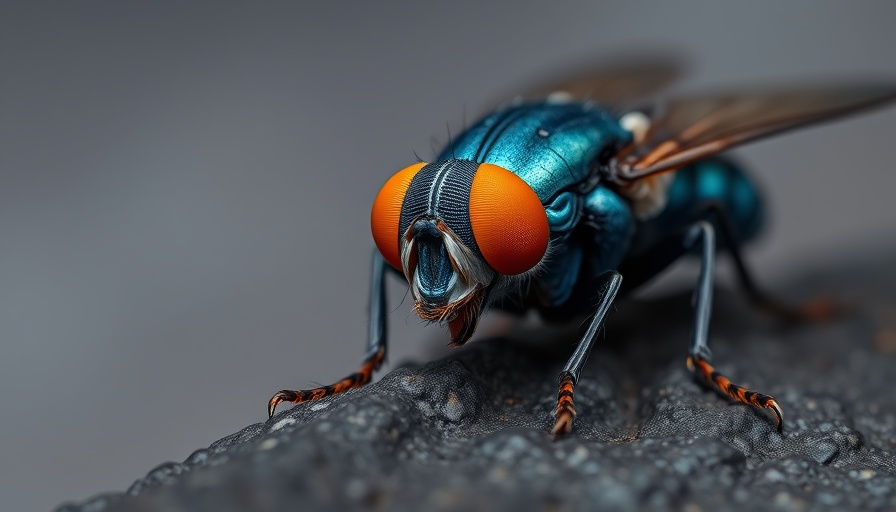
A Rare Diagnosis: What You Need to Know
In a peculiar case that has raised eyebrows, a traveler returning from El Salvador has been diagnosed with the New World screwworm parasite, making it the first recorded instance of this infection in the United States amid an ongoing outbreak. The Centers for Disease Control and Prevention (CDC) confirmed the diagnosis on August 4. While the patient's specific condition is not publicly known, health officials are actively monitoring the situation.
The New World Screwworm: Understanding the Risk
The New World screwworm is a fly notorious for laying its eggs in open wounds and orifices of livestock. Although primarily a concern for cattle ranchers — as infestations have been known to spread through Central America and Mexico — it is rare for this parasite to threaten humans. Those infected do not pose a risk of person-to-person transmission, a fact that has been reiterated by the CDC, noting a low public health risk.
The Path Forward: Preventative Measures
In response to this case, federal officials and the CDC are partnering with the U.S. Agriculture Department to prevent any further spread of the parasite across the country. The pest was a significant challenge to American agriculture until its near eradication in the 1970s. Today, proactive measures are crucial to ensure that livestock and, by extension, the public remain safe.
Reflecting on Public Health and Safety
This rare animal-borne disease raises significant questions about public health safety, especially for travelers venturing into regions affected by such parasites. As people explore distant locales, awareness is key. Travelers are encouraged to take precautions, including staying informed about specific health alerts and consulting health professionals both before departure and upon return.
Moving Forward: Stay Informed
Whether you’re a local Bostonian or simply curious about health trends, staying updated on such rare infections can help foster greater community awareness. Awareness not only empowers travelers but also serves to protect those who may encounter the risks involved.
 Add Row
Add Row  Add
Add 




Write A Comment